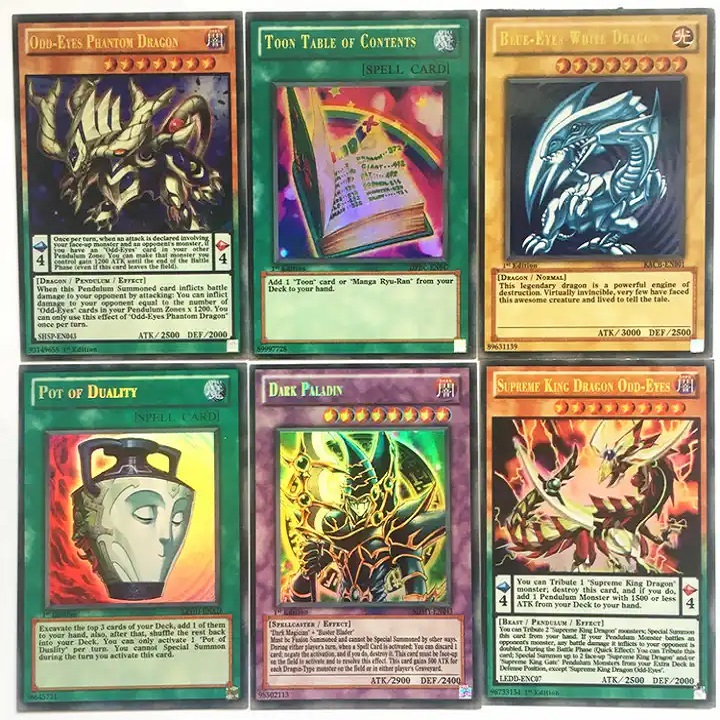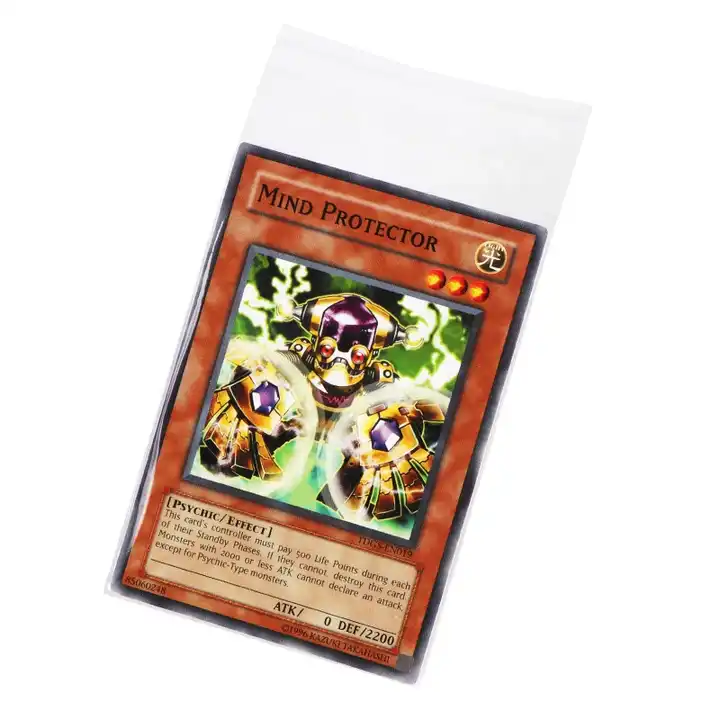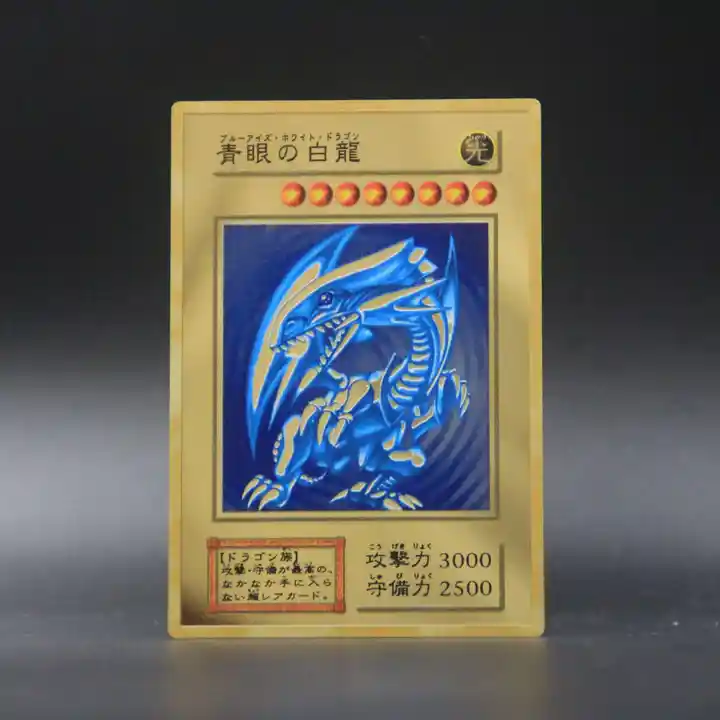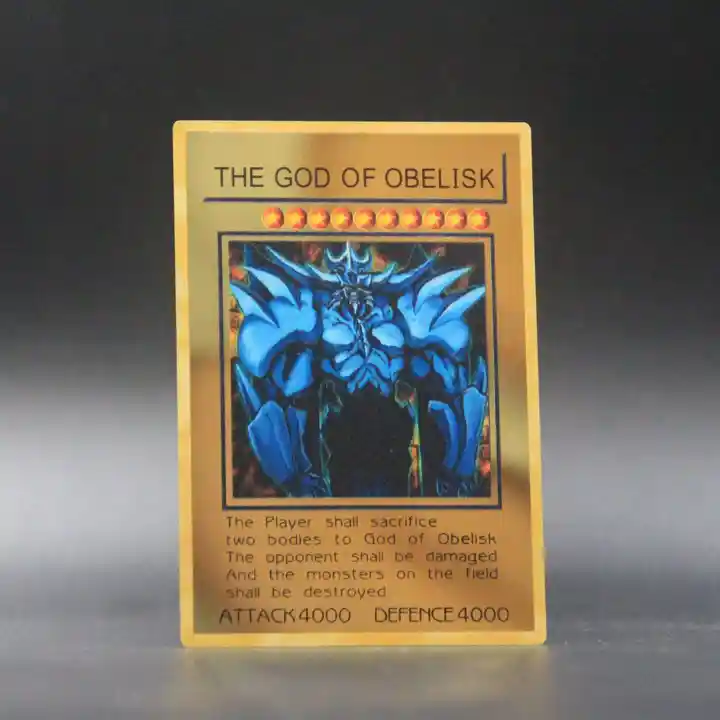Content Menu
● Introduction
● The Legacy and Evolution of Yugioh Cards
● Core Mechanics That Keep Players Engaged
● The Competitive Scene in 2025
● The Collecting Aspect: Value, Rarity, and Demand
● Market Dynamics and Economic Considerations
● Practical Guidance for Beginners
● Advanced Tips for Collectors and Players
● The Cultural Impact of Yugioh Cards
● Sustainability and Ethical Collecting
● The Future of Yugioh Cards
● Frequently Asked Questions
>> Q1: Are Yugioh cards still widely played in tournaments in 2025?
>> Q2: How do I start collecting Yugioh Cards on a budget?
>> Q3: Do reprints affect card values?
>> Q4: What should beginners focus on in the first few weeks?
>> Q5: How can I protect and store Yugioh Cards effectively?
Introduction
Yugioh Cards have long stood as a pillar of the trading card game landscape, captivating players with strategic depth, iconic monsters, and a vibrant community. As the hobby evolves, collectors and players alike wonder about the current state of Yugioh Cards: Are they continuing to attract new fans, or has the market shifted toward other hobbies and games? This article explores the enduring appeal of Yugioh Cards, the mechanics that keep gameplay fresh, the collectible market dynamics, competitive scene developments, and practical guidance for both new players and seasoned collectors.

The Legacy and Evolution of Yugioh Cards
Yugioh, created by Kazuki Takahashi, debuted in 1999 and quickly established a global following. The brand combines intricate card interactions, a rich lore, and a robust tournament ecosystem. Over the years, the card pool has expanded dramatically, introducing synergy-heavy archetypes, power-creep, and occasional balance adjustments. The core appeal remains twofold: strategic deck-building that rewards foresight and a dynamic, ever-expanding card roster that fosters discovery.
Core Mechanics That Keep Players Engaged
Card types and functions: Monster, Spell, and Trap cards each offer unique effects, with many interactions that reward timing and resource management.
Resource economy: Life points, in-hand cards, graveyard mechanics, and banished zones create layered decision-making.
Archetype variety: From established staples to evolving archetypes like powered-up fusion, synchro, and link-based strategies, players continuously adapt to new metas.
Rule updates: The official rulebook and tournament rules occasionally adjust rulings to preserve competitive balance and freshen gameplay.
The Competitive Scene in 2025
The Yu-Gi-Oh! competitive circuit remains active across local, regional, and world championships. New set releases regularly introduce powerful cards and new strategies, shifting metagames and keeping top-tier decks under constant revision. Players invest in practice, theorycrafting, and meta-analysis to stay ahead. The meta tends to rotate with seasonal releases, while ban lists and restrictions shape what is viable in tournament play. Online platforms and live events contribute to a global community where players share tech, deck lists, and gameplay footage, fueling continuous engagement.
The Collecting Aspect: Value, Rarity, and Demand
Rarity tiers: Common, Rare, Super Rare, Ultra Rare, Secret Rare, and beyond offer collectible appeal.
Reprint cycles: Reprints can both democratize access and impact secondary market values, sometimes stabilizing prices and other times triggering declines.
Grading and preservation: Card condition, accurate grading, and protective storage influence long-term value for collectors.
Limited editions and promotional cards: Special sets and promos often command premium prices among enthusiasts.
Pop culture crossover: Tie-ins with anime milestones, movie releases, and collaborations can spike demand for specific cards or themes.

Market Dynamics and Economic Considerations
The secondary market for Yugioh Cards is influenced by supply and demand, card condition, and the perception of future playability. Price volatility is common around new releases, balance updates, and significant reprint announcements. Collectors weigh the dual goals of having playable decks and ensuring long-term investment potential. For new entrants, it's important to set a budget, prioritize cards that impact gameplay, and monitor price trends before large purchases.
Practical Guidance for Beginners
Start with beginner-friendly decks: Focus on archetypes that are easy to pilot and forgiving for new players.
Learn the meta gradually: Track which decks are performing well in local events and online tournaments.
Protect your collection: Use sleeves, toploaders, and climate-controlled storage to maintain card condition.
Set a clear budget: Decide how much you're willing to spend on play versus collection and stick to it.
Participate in communities: Local game stores, online forums, and social media groups can provide support, trades, and event information.
Advanced Tips for Collectors and Players
Build a balanced collection: Combine playable staples with high-utility archetype cards to maximize both fun and value.
Prioritize reprints: When new sets announce, evaluate which cards will be reprinted and how that affects resale value.
Diversify sets and languages: Some collectors value foreign-language cards for rarity or pricing differentials across markets.
Track rotation and format changes: Understanding which formats are viable in your region helps with long-term planning.
Consider sealed product as a hedge: In some cases, sealed product may retain value better than individual singles due to supply constraints.

The Cultural Impact of Yugioh Cards
Beyond gameplay and investment, Yugioh Cards have fostered a sense of community across generations. Local tournaments, school clubs, and online communities provide spaces for social interaction, strategy discussion, and shared excitement. The franchise's storytelling, artwork, and character designs contribute to its enduring appeal, ensuring that new players discover the hobby through multiple entry points.
Sustainability and Ethical Collecting
As with any collectible market, responsible collecting involves ethical trading practices, fair pricing, and avoiding counterfeit goods. Community-led education about card authenticity, grading criteria, and safe trading protocols helps maintain trust within the ecosystem. Environmental considerations also come into play, encouraging mindful consumption and proper disposal or recycling of damaged cards.
The Future of Yugioh Cards
Looking ahead, the Yugioh franchise is likely to continue evolving with new mechanics, cross-media partnerships, and digital integration. Innovations such as online deck-building tools, digital card databases, and interactive formats could broaden accessibility and attract newcomers while rewarding long-time players with deeper strategic layers. The balance between accessibility and depth will shape the next era of Yugioh Cards.

Frequently Asked Questions
Q1: Are Yugioh cards still widely played in tournaments in 2025?
A1: Yes, tournaments remain active with regional and world championships, and new sets consistently introduce fresh strategies.
Q2: How do I start collecting Yugioh Cards on a budget?
A2: Begin with affordable staples and common cards that enable playable decks, buy used or bulk lots from reputable sellers, and gradually add key upgrades as your budget allows.
Q3: Do reprints affect card values?
A3: Reprints can reduce the value of previously scarce cards while making the cards more accessible to players and collectors, depending on rarity and demand.
Q4: What should beginners focus on in the first few weeks?
A4: Learn core rules, play a simple deck, and join a local community to practice, trade, and get feedback.
Q5: How can I protect and store Yugioh Cards effectively?
A5: Use protective sleeves, rigid card holders, and climate-controlled storage; avoid exposure to heat, moisture, and direct sunlight.
































